Sarmin Sultana Lima

Soft robotics is a subfield of robotics that is concerned with the design, control and fabrication of robots made of compliant materials rather than rigid links. Textiles have applications in soft robotics either as an auxiliary material to reinforce the conventional soft material or as an active soft material.
The future trends and current strategies that can be employed in textile-based actuator manufacturing process have been explored to address the critical challenges in soft robotics.
Chemical Structure of Soft Robotics in Textile Sector
There are many different types of materials and fabrication methods that can be used to create textile –based soft robots.
Some common elements are:
Textile fabrics: Soft robots can be used as the main skin or body because they are flexible, lightweight and durable materials. Textile fabrics can have different structures such as: woven, non-woven or composite fabrics. However, textile fabrics can be made of natural or synthetic fibers.
Polymer coatings: Polymer coatings can be made of elastomeric polymers, such as polyurethane, silicone or rubber, which can deform and recover under external stimuli such as pressure, temperature. A polymer coating is a substance that can be applied to textile fabrics to improve their mechanical, electrical or thermal properties. will be able to improve or act as their actuators or sensors.
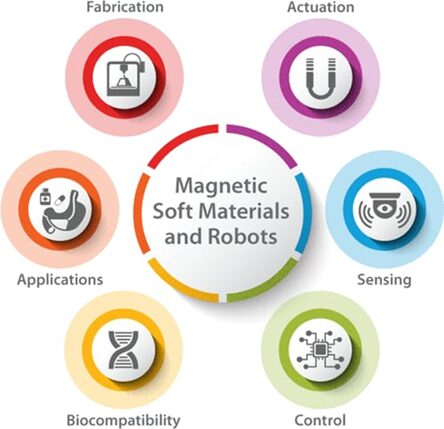
Fibers: Such thin and flexible strands can be used to create 3D structures or to reinforce textilefabrics. These fiberscan bemade from the same materials as the textile fabric or can be made differently. Coating the fibers with polymerscreates smart fibers that can activate. Soft robots can have various applications in the textile sector, such as handling, manipulating, stitching, forming complex shapes and creating 3D printed fabrics.
How Soft Robotics Helps the Textile Sector
Manufacturing: Soft robotics can perform tasks such as sewing, cutting, folding, and packing textiles with high precision and speed, while reducing labor costs and improving safety.
For example, sewbots are robotic sewing machines that can produce garments autonomously using computer vision and machine learning.
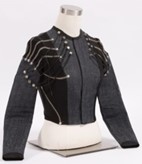
Wearable devices: soft robots can be integrated into Textilesto createsmart fabrics that can sense and acurate, providing function such asmuscle support, temperature regulation, health monitoring andhapatic feedback.
For example: Robo –Glove is a glove that can assist the wearers hand movement by using sensors and actuators embedded in the fabric
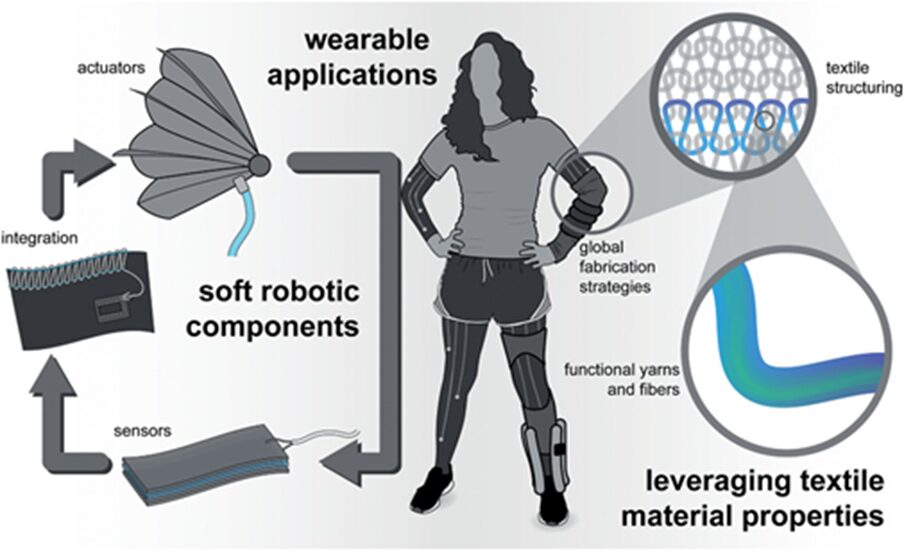
Properties of Soft Robotics in Textile Sector
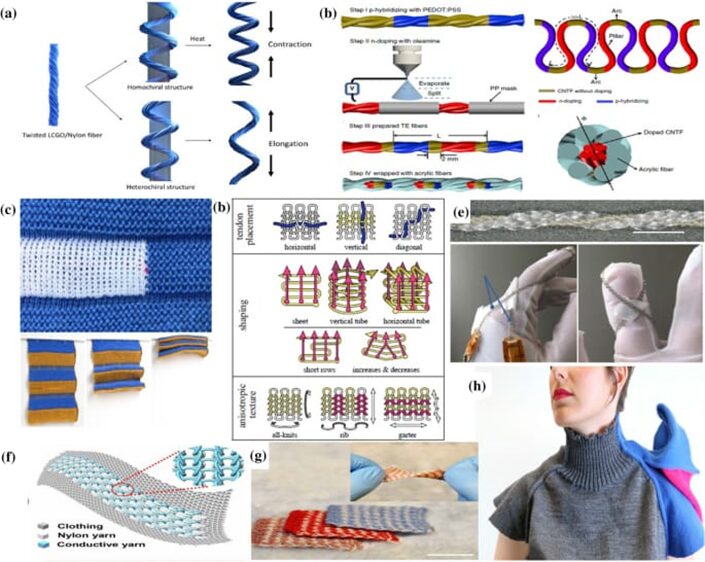
Thermal actuation: Textile-based soft robotscan be actuatedby electrically controlling liquid-vapor phase changes within them, eliminating the need for pneumatic tethersand compressors. This allows them to change their size and speed in response to temperature changes.
Sensing and feedback: Textile based soft robots can also incorporate sensors that can measure their own state and the environment they interact with such as pressure, strain, temperature.
Rehabilitation and therapy: Textile –based soft robots can be used as wearable devices that assist physically challenged individuals such as stroke patients, spinal cord injury patients by providing mechanical support, stimulation or guidance to their limbs or body parts.
What Role Can Soft Robotics Play in the Textile Sector after 20 Years?
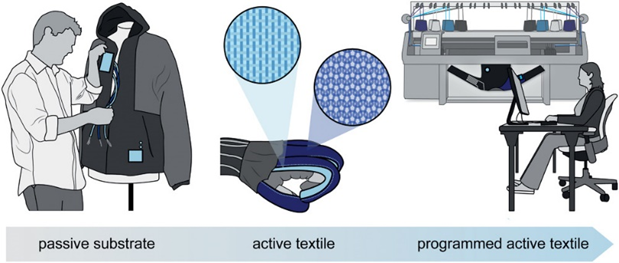
Textile are one of the most common and versatile materials for soft robotics, as they can provide comfort ,breathability, durability, and functionality. Soft robotics can helpphysically challenged people with mobility, therapy and daily activities. Smart thermally actuating textiles can electrically control liquid-vapor phase changes, eliminating the need forpneumatic tethers and enabling wearable soft robots.
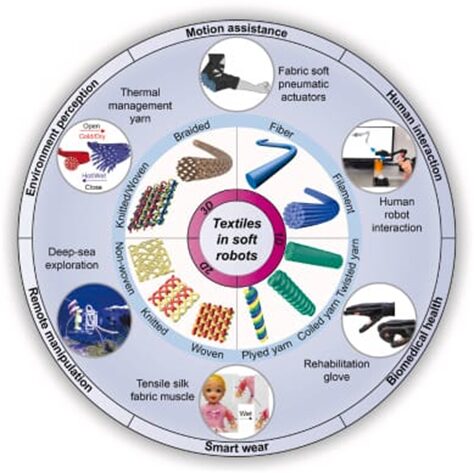
Smart e-textiles can integrate actuators and sensors into the fabric to monitor the wearer’s posture, motion, vital signs and other health-related parameter. Soft Robotics could enable textiles that can adapt to the users body shape ,size and preferences, as well as to the external conditions such as temperature, humidity and light. Soft robotics is a promising and exciting field that could revolutionize the textile sector in future.
Reference and Image Sources:
1.www.softrobotices.com
2.article. murata.com
3.gmwgroup.harvard.edu
4.researchgate.net
5.en.wikipedia.org
6.www.nature. com
7.https://news.mit.edu/soft robotics






